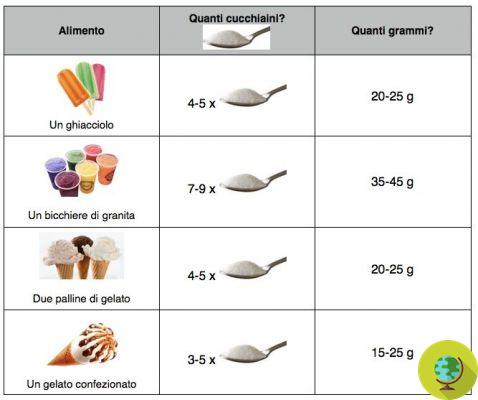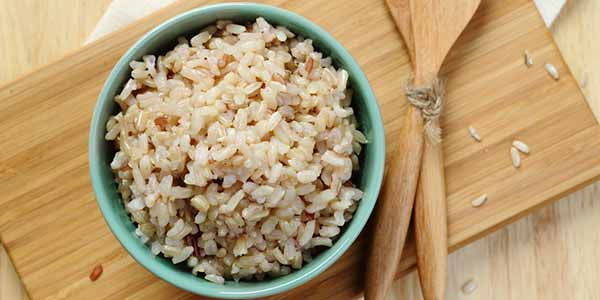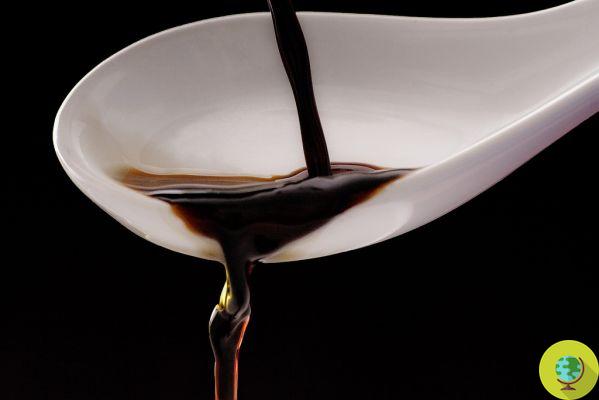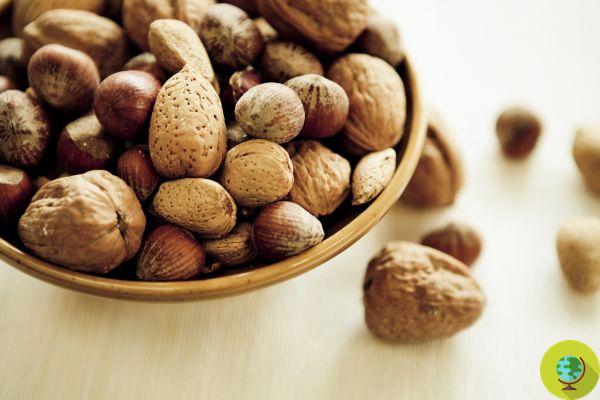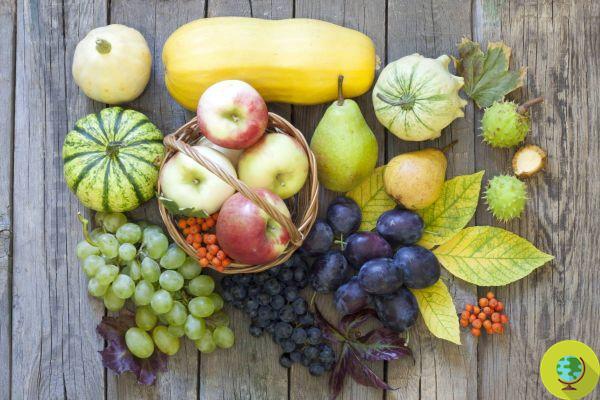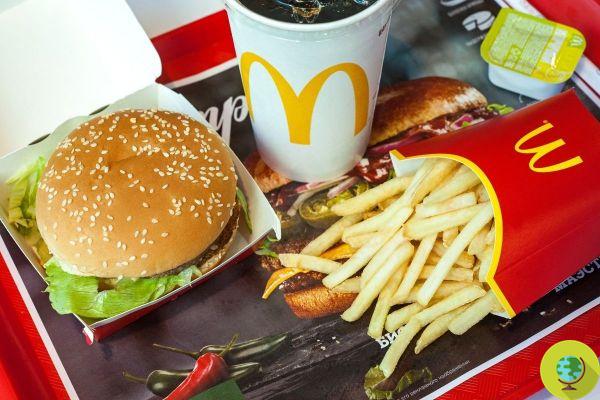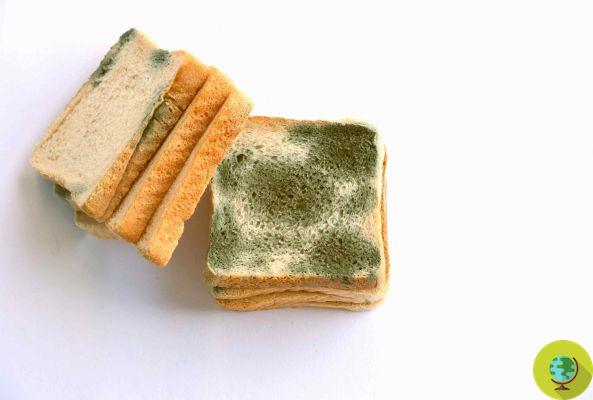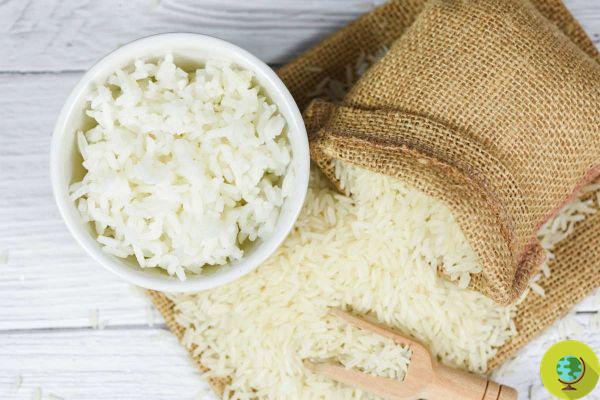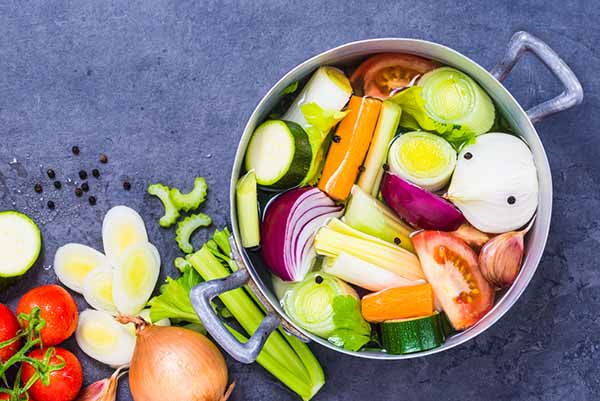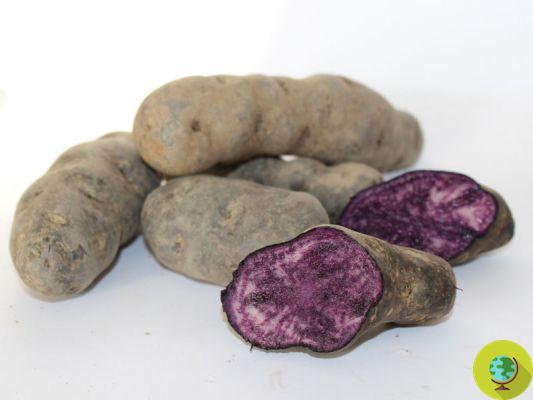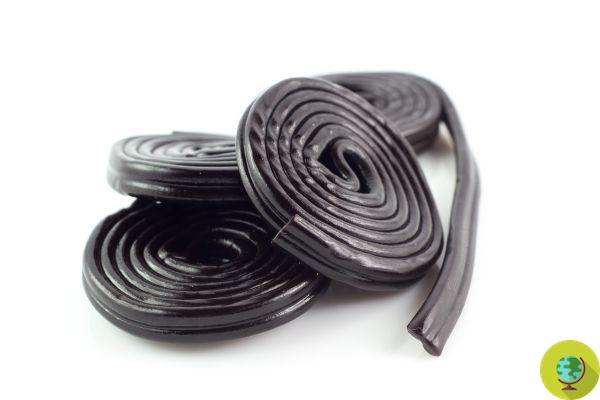A recent study has developed an innovative recipe to create a tastier and more nutritious gluten-free bread
Don't store avocado like this: it's dangerousA recent study has developed a recipe that combines chickpea flour and psyllium, a soluble fiber of plant origin, to create a tastier and more nutritious gluten-free bread.
Gluten is a complex protein found in grains such as wheat, comma, barley and rye. It gives that characteristic elastic consistency to the doughs so that they can be cooked in different shapes without losing their softness and crunchiness. Furthermore, when combined with preservatives, it extends the freshness and fragrance of sandwich bread. However, intolerance to this protein is increasingly widespread, as are gluten free products.
Not all those who eat gluten-free foods are celiac: in fact, experts identify three physical ailments that require a switch to a gluten-free diet. The first is certainly there celiac disease, a chronic dysfunction of genetic origin that afflicts 1,4% of the world population and which can lead to important complications if neglected. The second is allergy to wheat, an immune reaction to the proteins contained in this cereal. Finally, the gluten sensitivity and a condition that can be caused by gluten or other elements contained in the cereal, such as fermentable carbohydrates: unlike celiac disease, this is a non-autoimmune condition whose complications are not very severe. In addition to these three pathological series, many people without particular health problems have started eating gluten-free products because they believe it is a way to lose weight (this can however lead to contraindications).
(Read also: 12 gluten-free recipes from appetizer to dessert)
Unfortunately, however, most gluten-free foods currently on the market do not satisfy the palate of consumers in terms of appearance, flavor, consistency and durability over time. In addition to being unpleasant to the palate, gluten-free bread is often poor from a nutritional point of view, as it contains few fibers, proteins, vitamins or minerals, and at the same time a significant amount of fat. In many cases, the bread is not (artificially) enriched with nutrients.
That's why theUniversity of Sao Paulo (Brazil) conducted a study aimed at improving the organoleptic properties of gluten-free foods. The research had two main purposes: to improve the nutritional value of gluten-free foods and to make them more palatable from a taste point of view.
More than 15 mixes of flours were obtained that gave an excellent yield in cooking, using different ingredients and techniques: all formulations contain from 50% to 100% of gluten-free wholemeal flours and, consequently, provide a high fiber content , along with more proteins, vitamins and minerals. Furthermore, from a qualitative point of view, the bread made with these flours meets the taste standards in comparison with the bread made with normal flour.
These mixes contain different materials, such as rice, millet and sorghum; pseudo-cereals such as amaranth, quinoa and buckwheat; legume flours such as chickpea and bean flours. To increase the fiber content, the researchers used psyllium, with very satisfying results: psyllium is a fiber derived from the seeds and husks of a plant called Plantago ovata. 100 grams of psyllium contains 80 grams of hygroscopic soluble fiber, which expands and forms a jelly in contact with water.
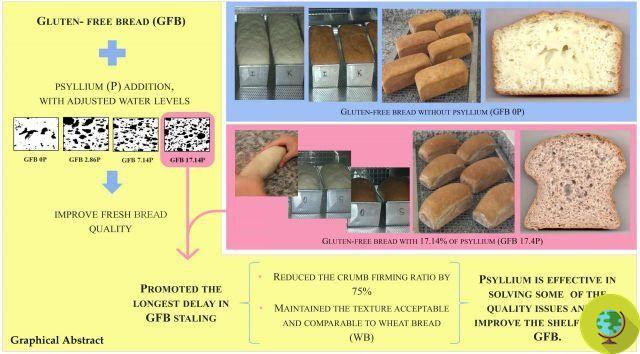
Credits: MDPI
Source: MDPI
We also recommend:
- Gluten-free desserts: 10 easy recipes to prepare
- Gluten-free bread: types of bread and cereals used
- Celiac disease or gluten sensitivity? How to get a correct diagnosis






